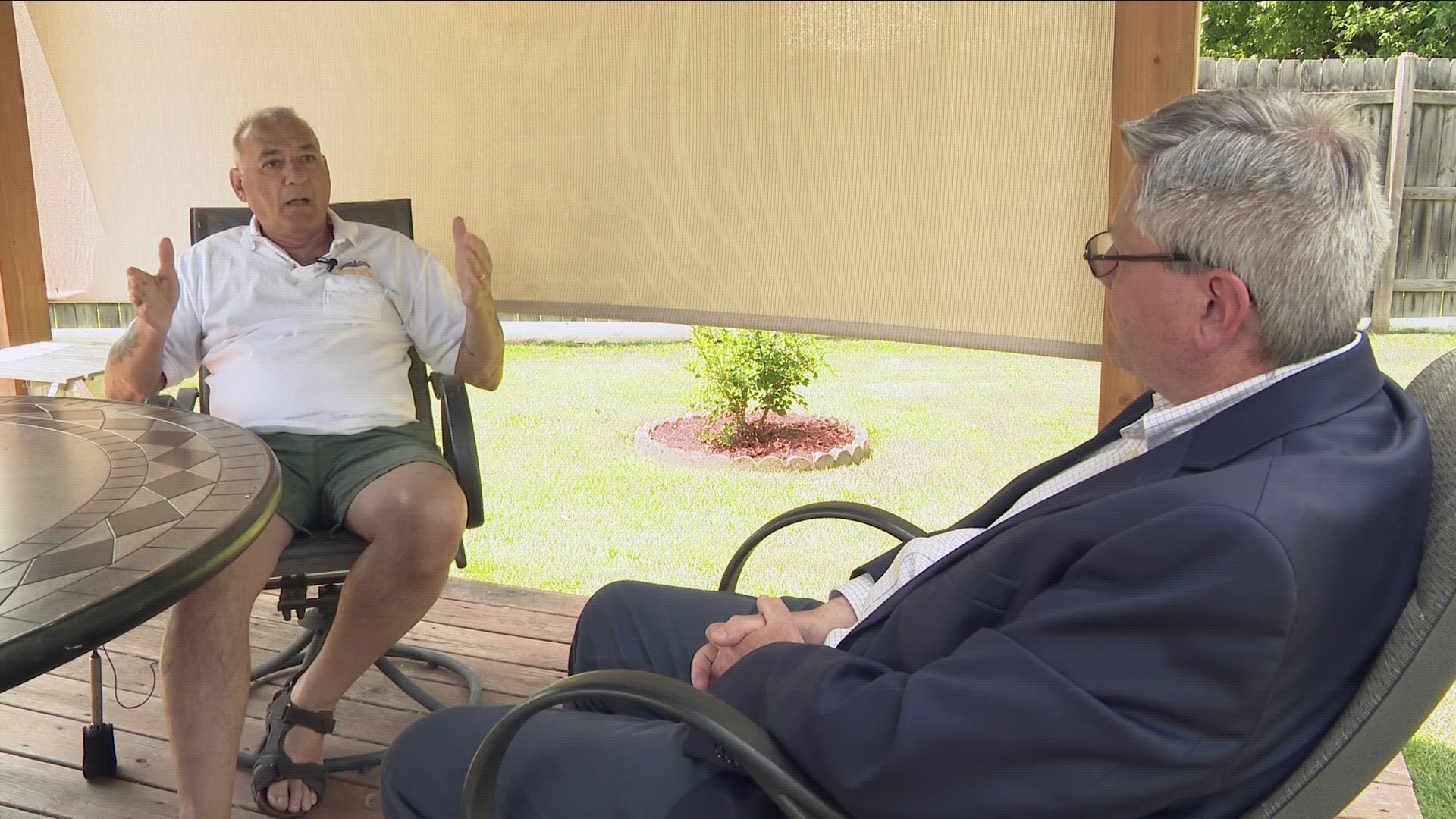TONAWANDA, N.Y. — Fred Marazita Jr. knows a thing or two about being underwater, miles from the shore. He was a former Navy submariner, used to being isolated from everyone except his crew mates.
While Marazita Jr.'s experiences are different — a modern Naval submarine generally is between 350 and 560-feet long, while the lost tourist submersible is 22-feet in length — he gave his perspective on the situation to 2 On Your Side.
Marazita Jr. was a submariner from 1968-1977 aboard the USS Daniel Webster. He has heard the horror stories of military personnel losing their lives on submarines.
He says internal normal pressure is maintained for crews aboard subs. But tragically, with that external pressure in the ocean depths, the Navy has lost sailors and submarines at so-called "crush depths," such as the USS Thresher in 1963 and the USS Scorpion in 1968. More recently, there have been submarines lost by the Russian and Argentine Navies.
"Their loss affects us," Marazita Jr. added.
University at Buffalo Department Head of Material Designs and Innovation Dr. Krishna Rajan also spoke, offering his insight on the strength of materials such as carbon fiber and titanium, which were reportedly used in the construction of the submersible developed by OceanGate Exploration.
"It's the design of the hull structure coupled to the material behavior itself that makes the integrity of the system work," Dr. Rajan said. "They both have remarkable capabilities in withstanding stress and other extreme environments."
Marazita Jr. also mentioned the remarkable science behind the hull.
"Compressive forces of the water actually strengthen the hull, so as it gets deeper, it essentially gets stronger," Marazita Jr. said.
But he added: "Up to a point, then you get crush depths, and the pressures are just too much."
So where was the disconnect? Marazita Jr. weighed in, offering his guess on what could have happened down below.
"It could be something very simple. ... A bolt came loose and something dropped off and they lost control. Could be something major. A defect in the hull or in the window," Marazita Jr. said. "When you get to those pressures that crack, it's almost over with instantly."
Marazita Jr. mentioned the immense pressure that can exacerbate any deformities in the structure. He stated that there may be roughly 15 pounds of pressure on objects on the surface but that pressure number doubles roughly every 30 feet underwater.
Marazita Jr. also noted how slow the descent is for remote piloted rescue vehicles that could even possibly get that deep. It is a tedious process due to the myriad of factors — a submarine has to travel in three dimensions with the currents and cross-currents.
While many have speculated the cause, anything could have happened down in the North Atlantic. This is part of an ongoing investigation in which Canadian and American parties are heading a search. At the time of this writing, there is less than 12 hours of oxygen left.

